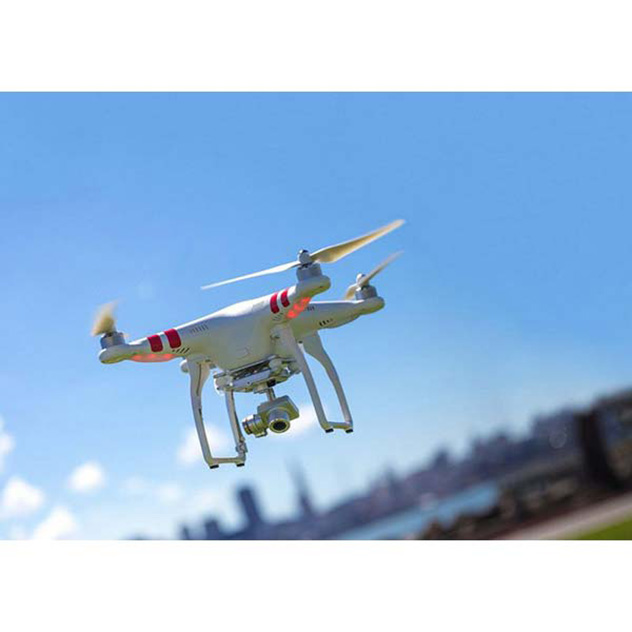London’s Gatwick Airport (Gatwick Airport) has been closed for more than one day under the influence of drones, affecting more than 700 flights and affecting approximately 100,000 passengers. The local police have yet to find anyone operating the drone, but they suspect that it may be the work of environmentalists.

A Gatwick Airport spokesperson pointed out that the British police and military have provided additional precautions for the airport to allow the airport to reopen and allow aircraft to take off.
Many drones are now cheap, and you can buy them for as little as tens of dollars. But the BBC science and technology reporter Jane Wakefield (Jane Wakefield) reported that these small aircraft can have a huge impact on civil aviation traffic.
What is the impact of drones on aviation safety?
A UAV collided with a civil airliner at an airport in Canada in October 2017. The wing was slightly damaged, but it still landed safely afterwards.
We are not yet fully aware of the consequences of a collision between a UAV and a civil airliner. Many organizations have done relevant research to simulate the consequences of collisions between drones and passenger planes in different situations, but the conclusions of each test seem to be different.
The University of Dayton in the United States simulated a collision between a one-kilogram drone and a civil aircraft flying at 383 kilometers per hour. The results showed that the passenger aircraft was seriously damaged.
If there is a drone jammer gun, will the situation be better?
The UAV counter-gun is a kind of electromagnetic interference equipment with a gun type, which is not only a gun type but also a splint type. The principle of this weapon is to emit electromagnetic interference waves between 2.4GHz and 5.8GHz, interrupting the connection between remote control equipment and drones. Because most drone remote controls are also in this frequency range. The operating distance is within 1000 meters, which can force the long-distance low-altitude drone to fall, return to the operator or descend smoothly in a short time, thereby realizing effective control of flying drones in the “control area”.